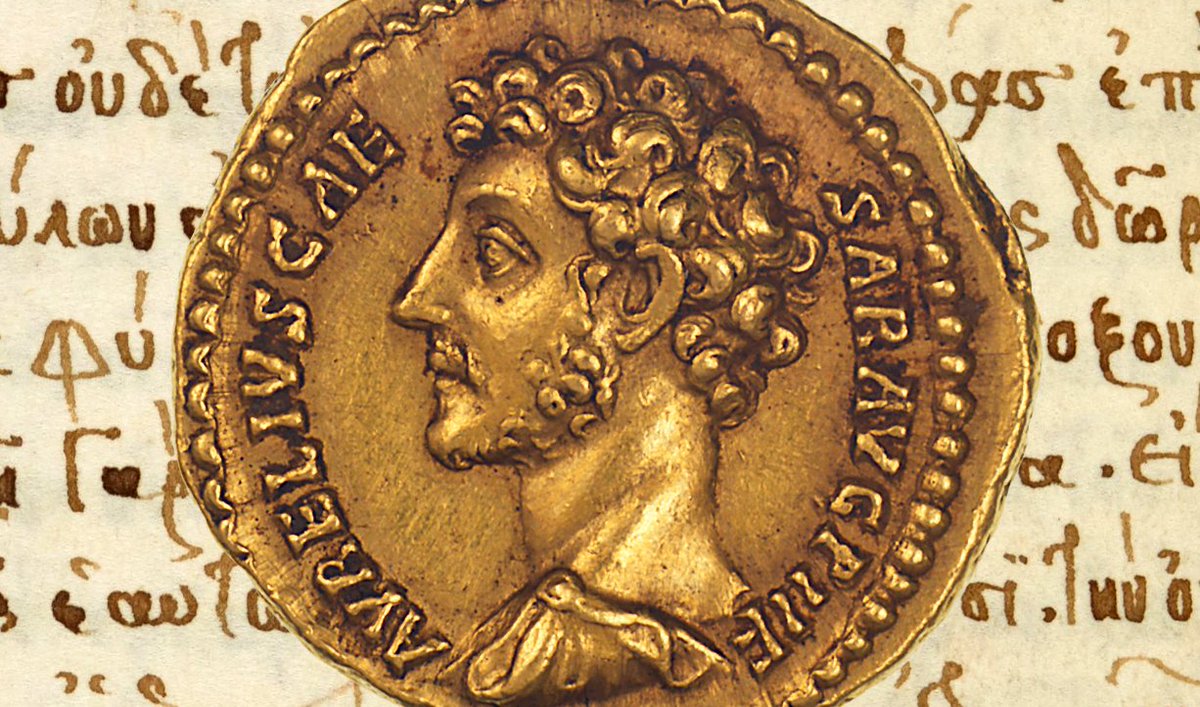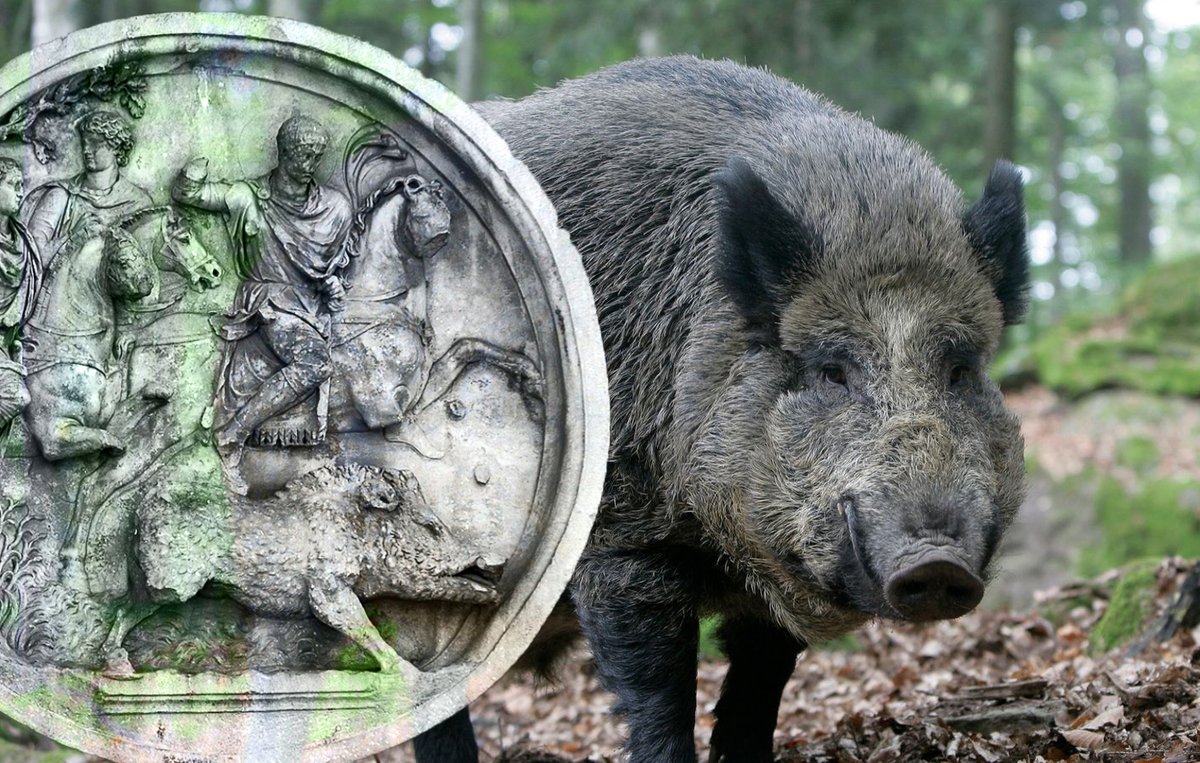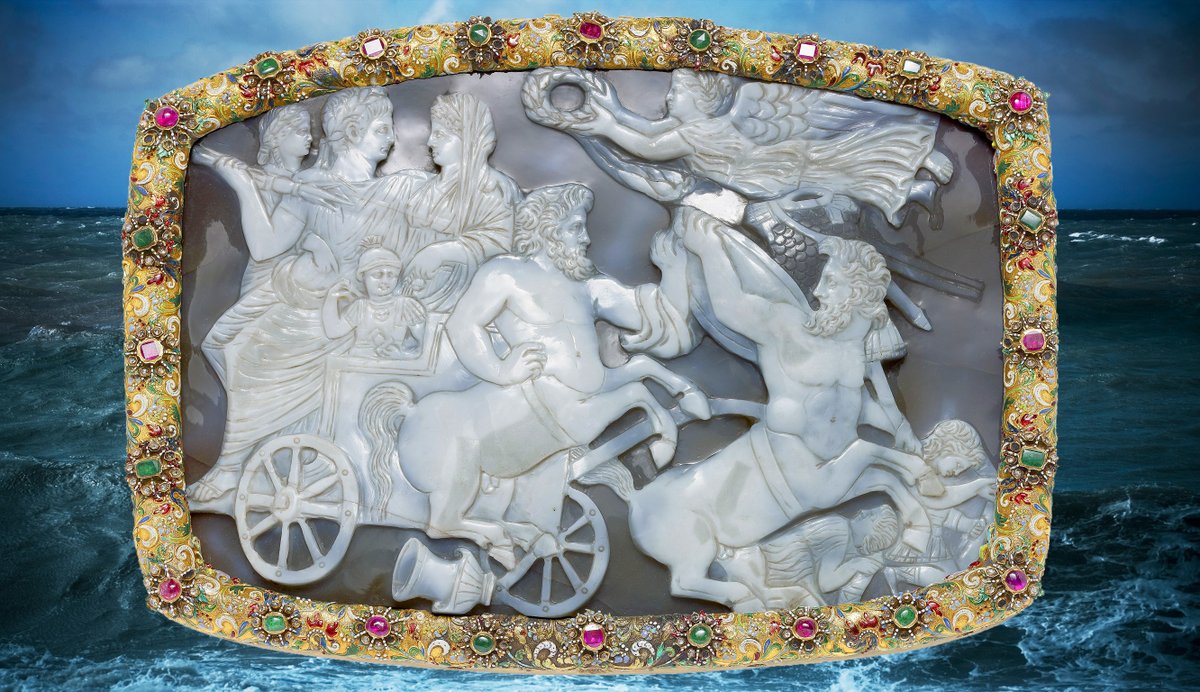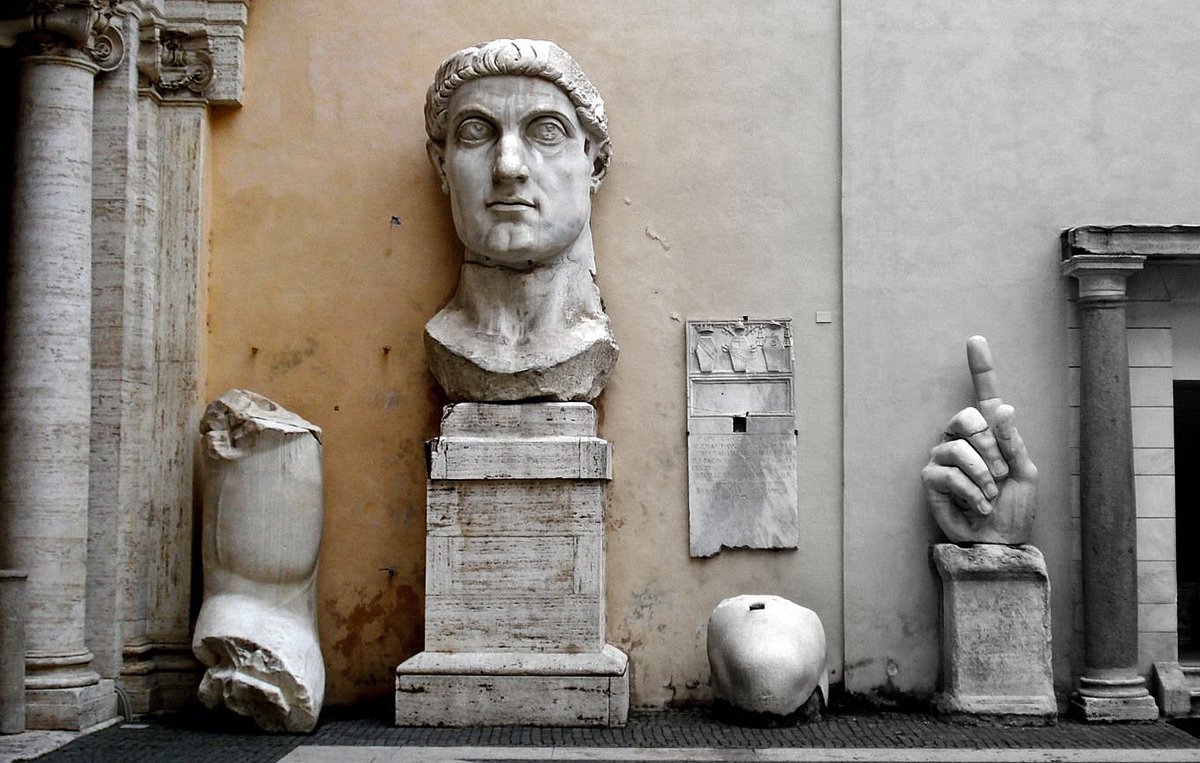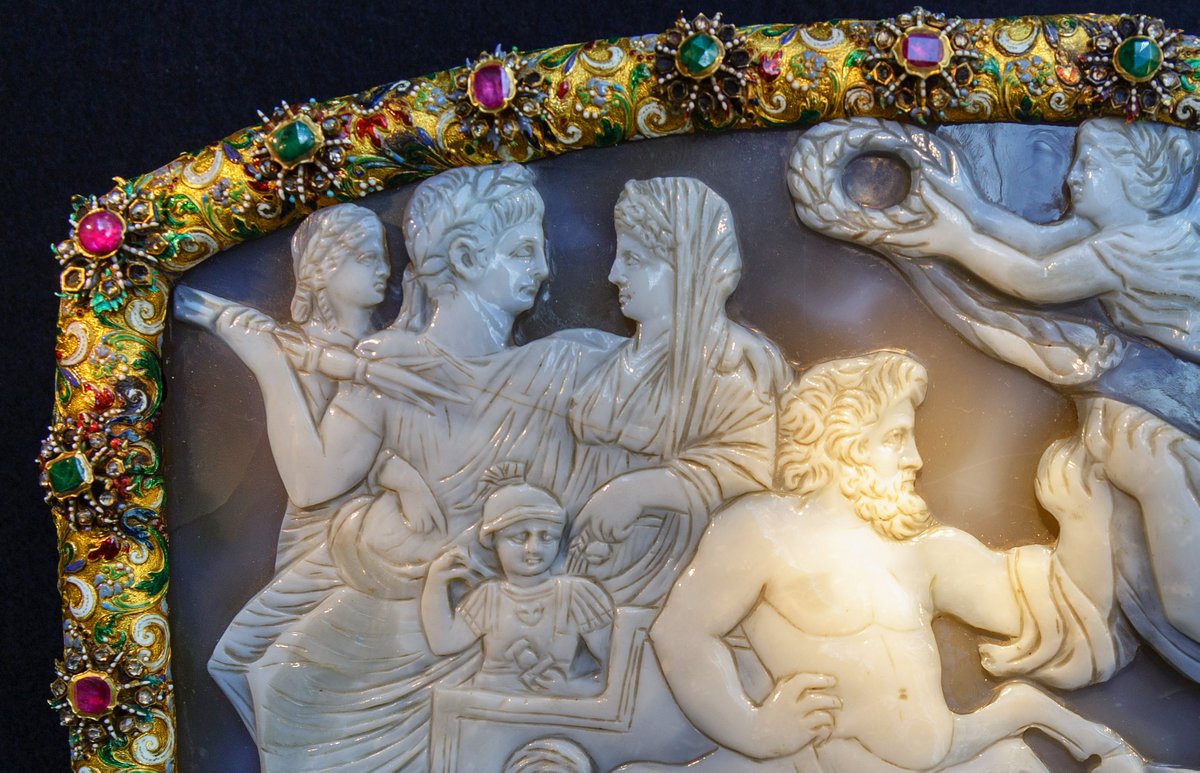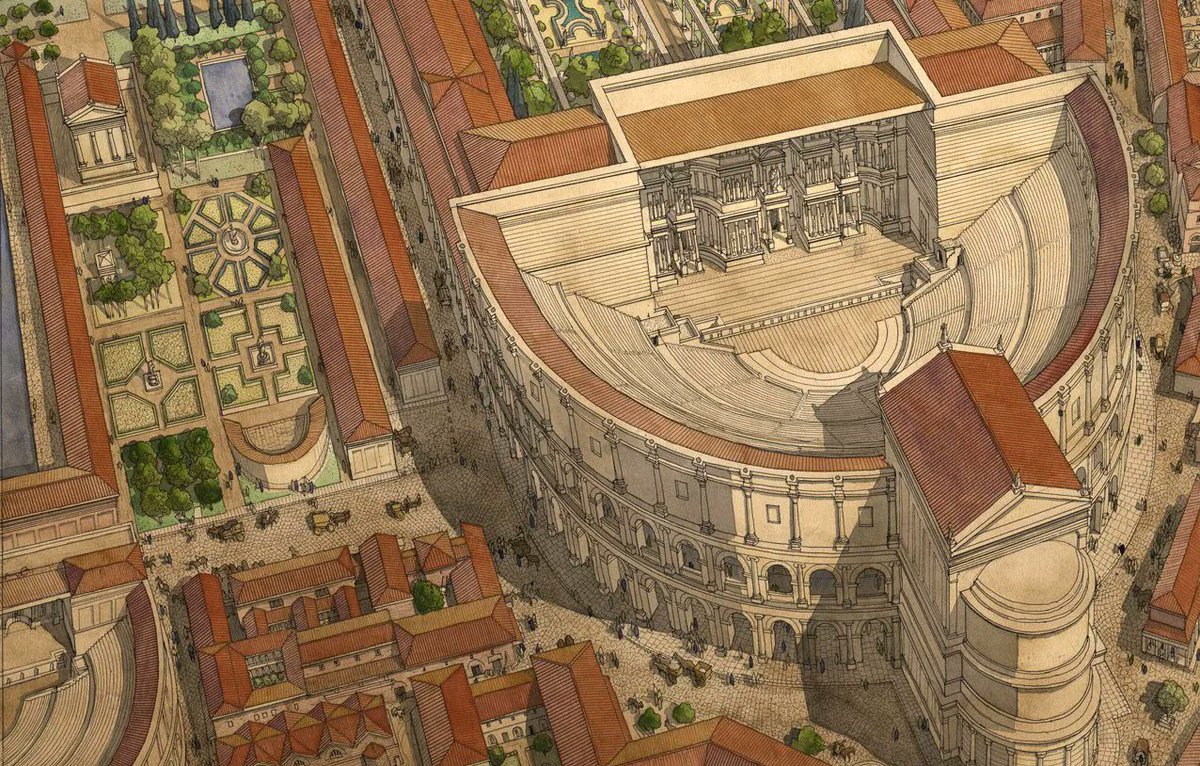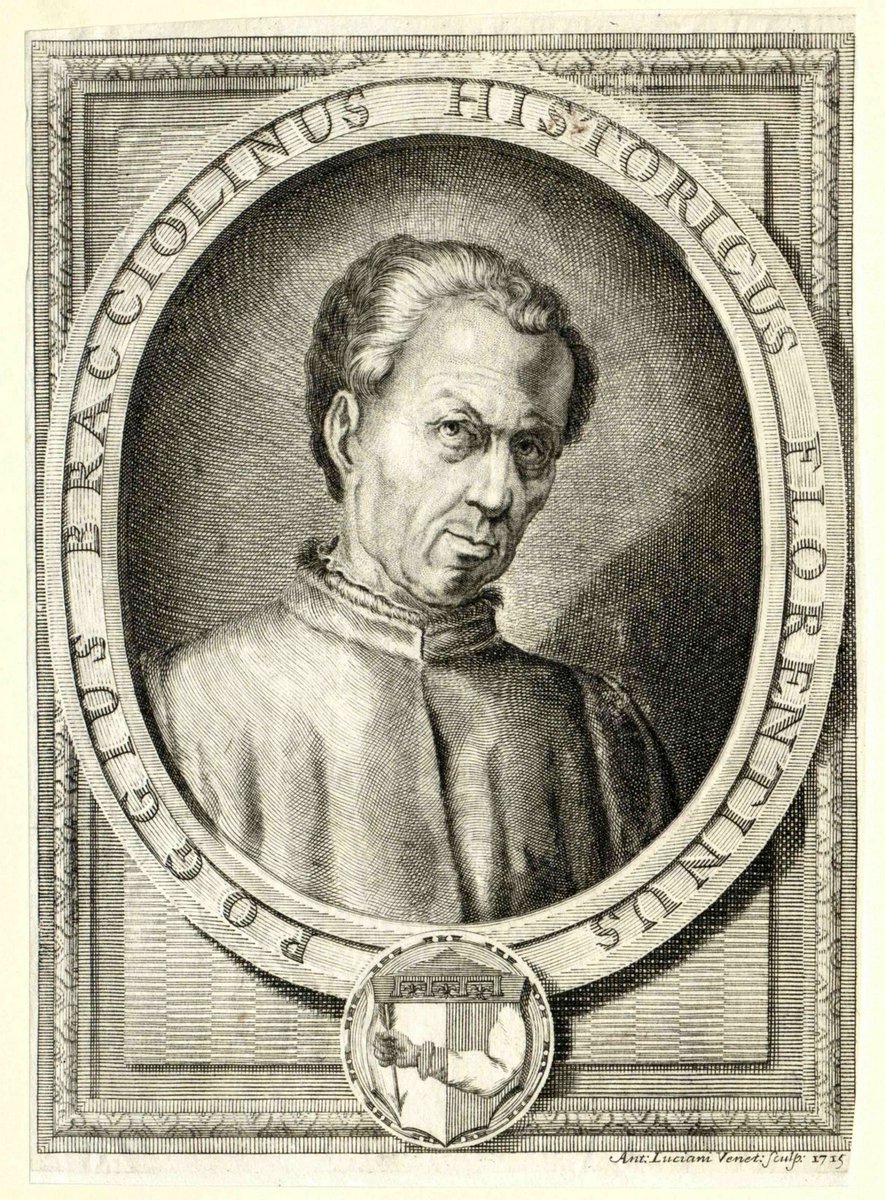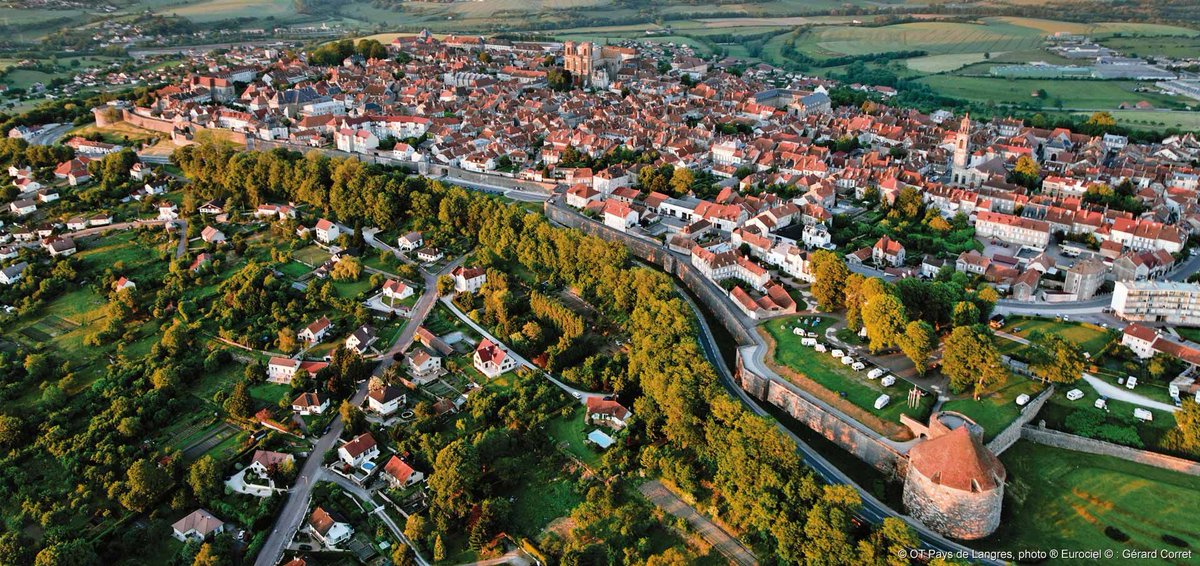
1) A tale of 11th century 'archaeology' that comes with a health warning for all lovers of history:
"In the days of Abbot Eadmar, excavators were digging foundations for the abbey church when they came across the remains of a huge palace in the centre of the ancient town...
"In the days of Abbot Eadmar, excavators were digging foundations for the abbey church when they came across the remains of a huge palace in the centre of the ancient town...

2) Astonished at its scale, they explored further and discovered a recess resembling a cupboard in a wall, filled with a selection of unknown books and scrolls. They had all been scarcely affected by the passage of time.. 

3) The writing and the words were too old to be comprehensible but they were beautiful and written clearly with initials and headings in gold. The books had boards of oak, and silk ties, which had kept their original strength and beauty... 
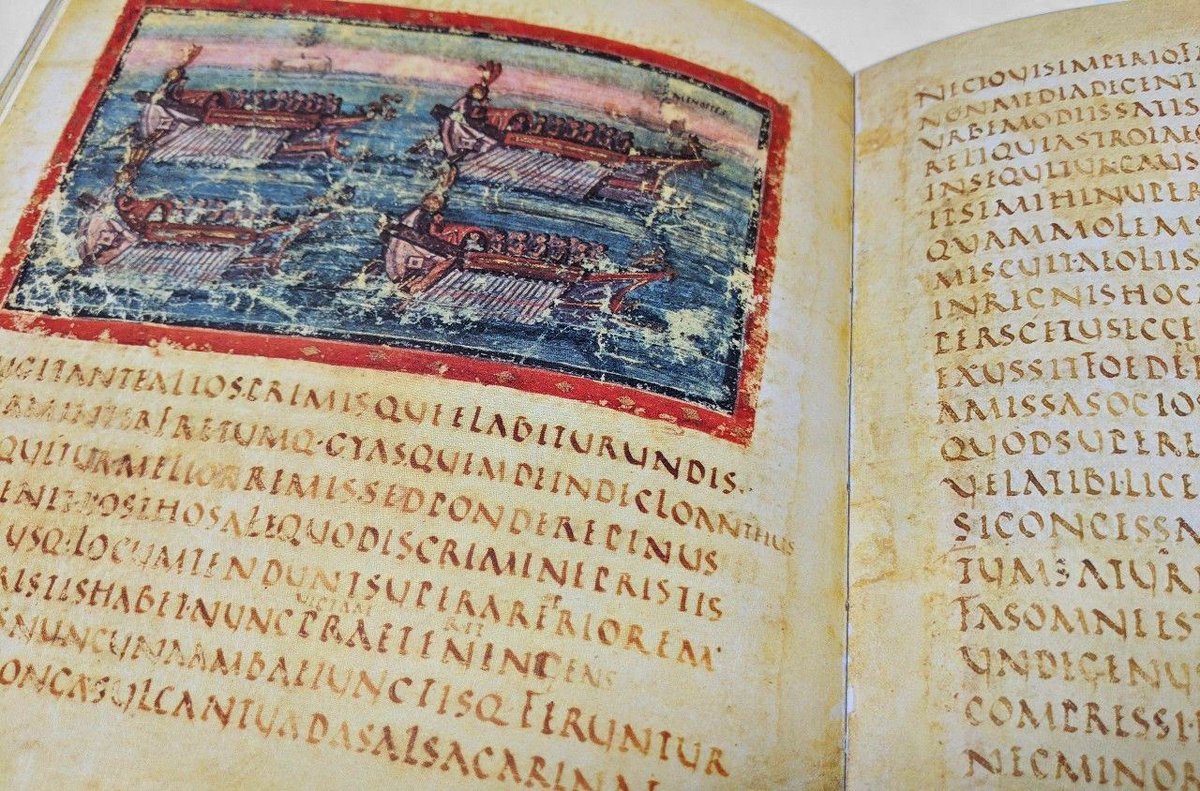
4) After looking far and wide they found an old priest called Unwona who was highly-skilled in scripts and languages. He had no difficulty making sense of the writing and interpreted all the books found in the cupboard. It was the writing used when Verulamium was still lived in.. 

5) In one book Unwona discovered the story of St Alban, the first English martyr, but in the others he found the prayers and rituals of the pagan citizens of ancient Verulamium. From these books he learned they favoured worship of Phoebus (Apollo), god of the sun.. 

6) ..All the books containing this demonic subject matter were burned and only the single book containing the story of St Alban was kept. Once a translation of it had been transcribed, it too turned to dust."
(From "Chronicles of the Monastery of St Alban, Rolls Series, I.24)
(From "Chronicles of the Monastery of St Alban, Rolls Series, I.24)

• • •
Missing some Tweet in this thread? You can try to
force a refresh





